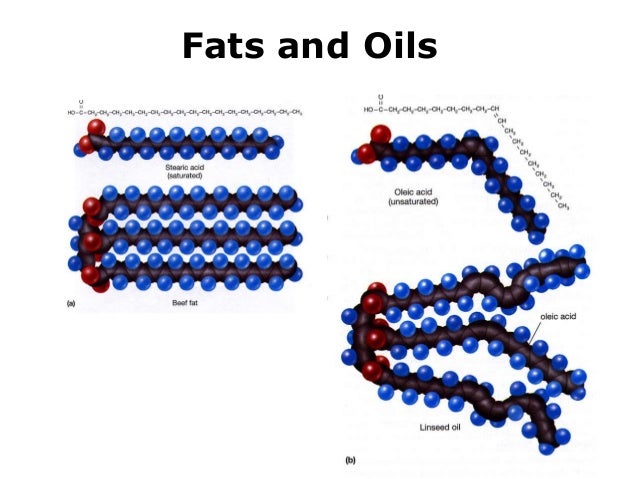
Production of animal fats has also increased, although less in magnitude than for vegetable oils. Other vegetable oils account for only about 15 % of the market, with palm kernel oil, cottonseed oil, peanut oil, coconut oil, olive oil, and corn oil rounding out the 10 vegetable oils produced in the greatest quantities worldwide. The primary vegetable oils produced in the world include palm oil (35 % of the total production), soybean oil (26 %), rapeseed/canola oil (15 %), and sunflower oil (9 %). Global production of vegetable oils has increased dramatically over the last 20 years with approximately 168 million metric tonnes produced in 2014. The following review provides insight into lipid classification, digestion and absorption, lipid peroxidation indices, lipid quality and nutritional value, and antioxidants in growing pigs. Lastly, advances in understanding lipid digestion, post-absorption metabolism, and physiological processes (e.g., cell division and differentiation, immune function and inflammation) and in metabolic oxidative stress in the animal and lipid peroxidation, necessitates a more compressive assessment of factors affecting the value of lipid supplementation to livestock diets. In addition there is often confusion in lipid nomenclature, measuring lipid content and composition, and evaluating quality factors necessary to understand the true feeding value to animals.

There is, however, the wide array of composition and quality differences among lipid sources available to the animal industry making it essential to understand differences in lipid composition and quality factors affecting their digestion and metabolism more fully. In reviewing the literature, the majority of research studies conducted on the subject of lipids have focused mainly on the effects of feeding presumably high quality lipids on growth performance, digestion, and metabolism in young animals. Because lipids are a concentrated energy source, inclusion of lipids are known to affect growth rate and feed efficiency, but are also known to affect diet palatability, feed dustiness, and pellet quality.

In livestock diets, energy is one of the most expensive nutritional components of feed formulation.


 0 kommentar(er)
0 kommentar(er)
